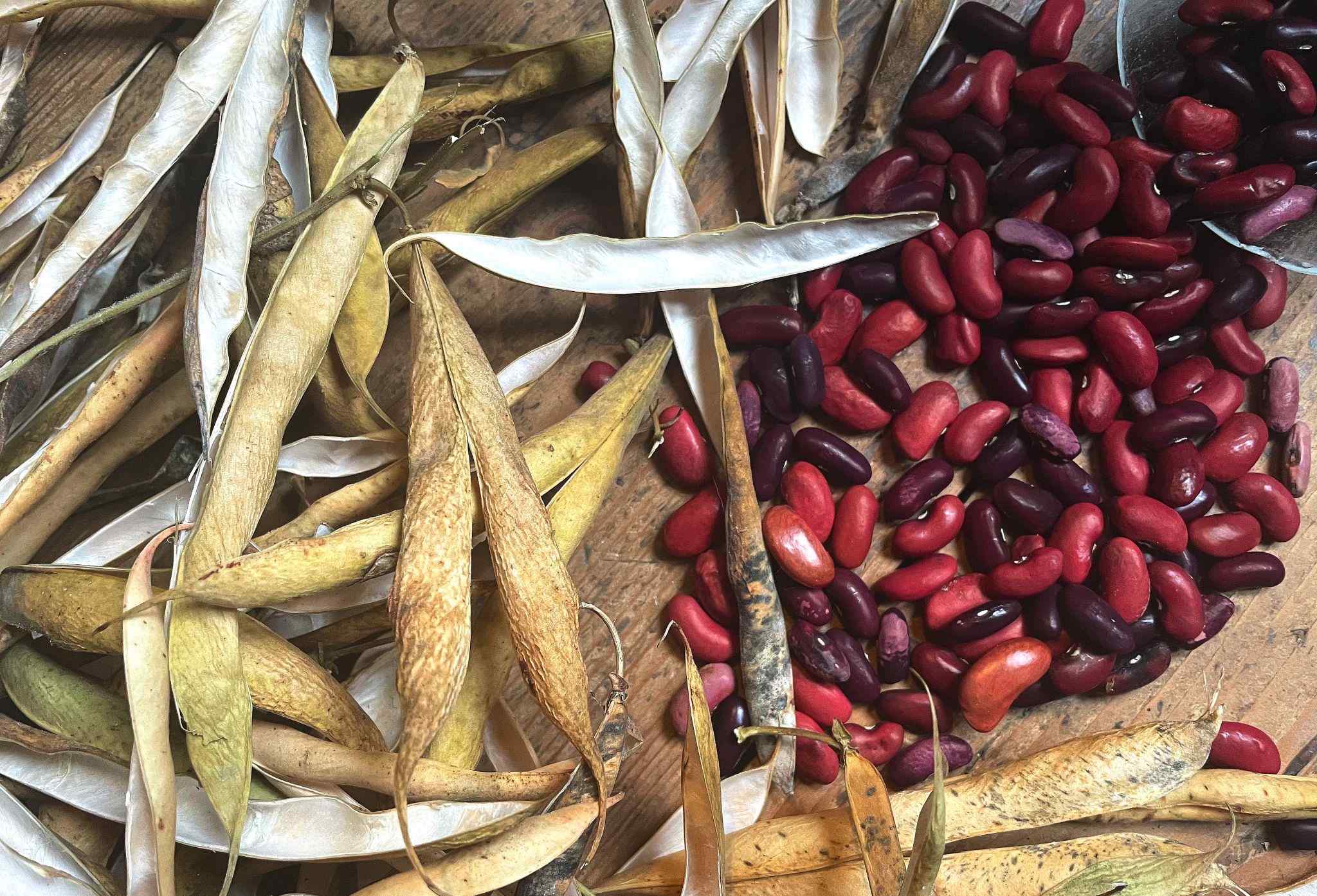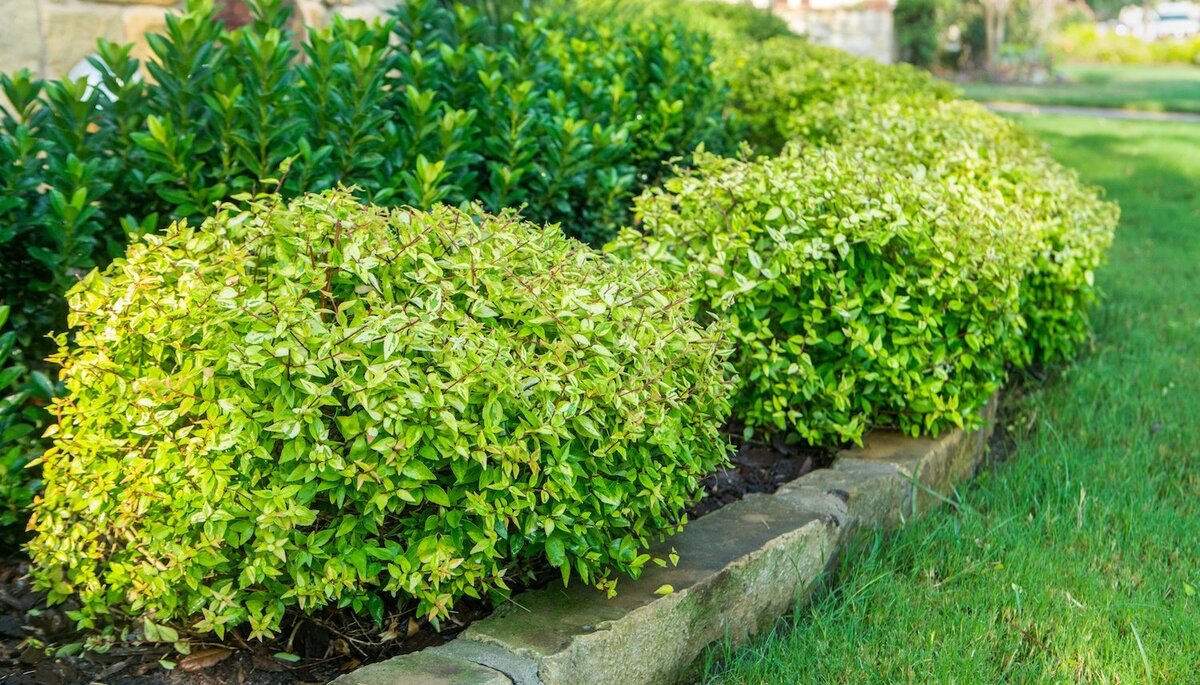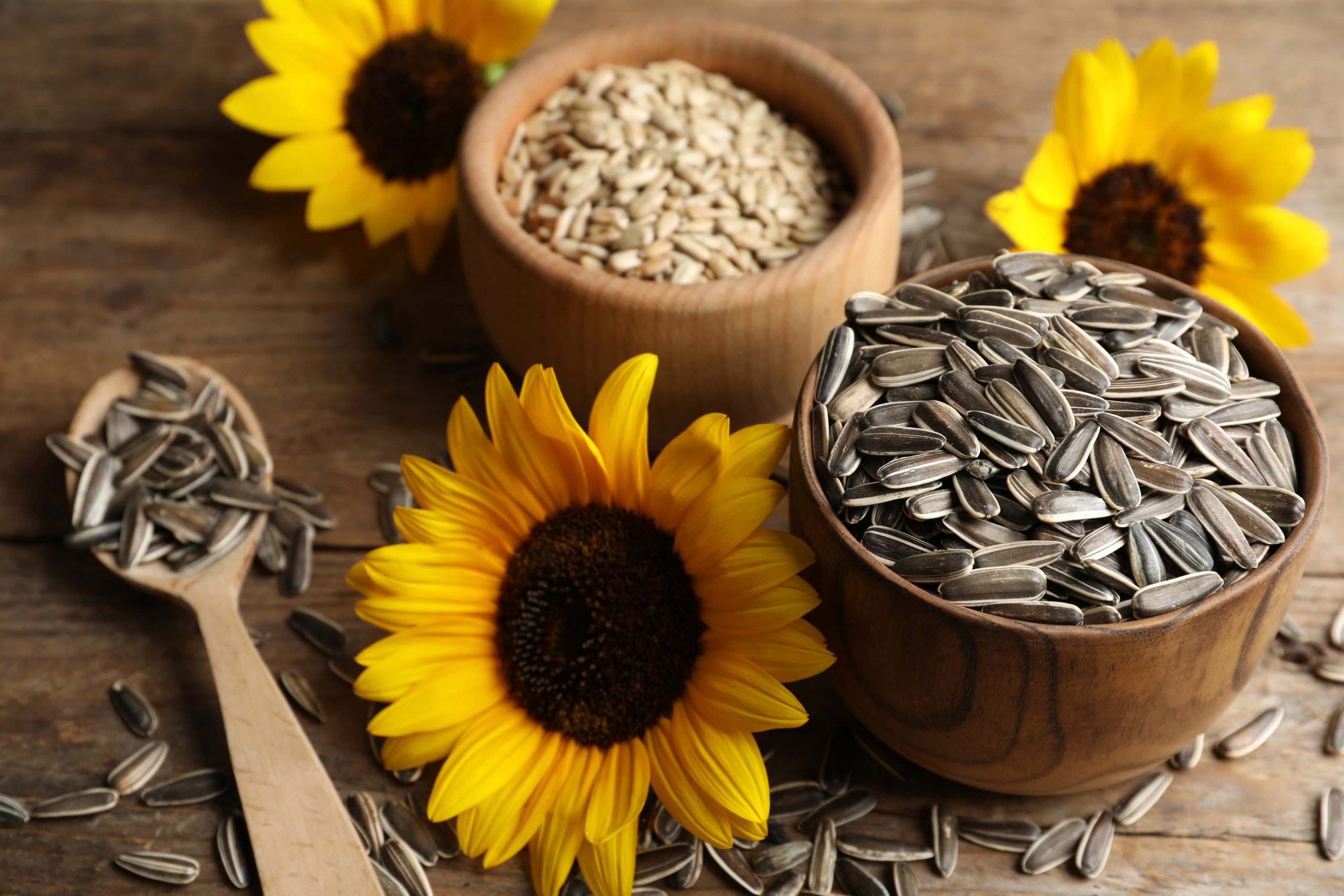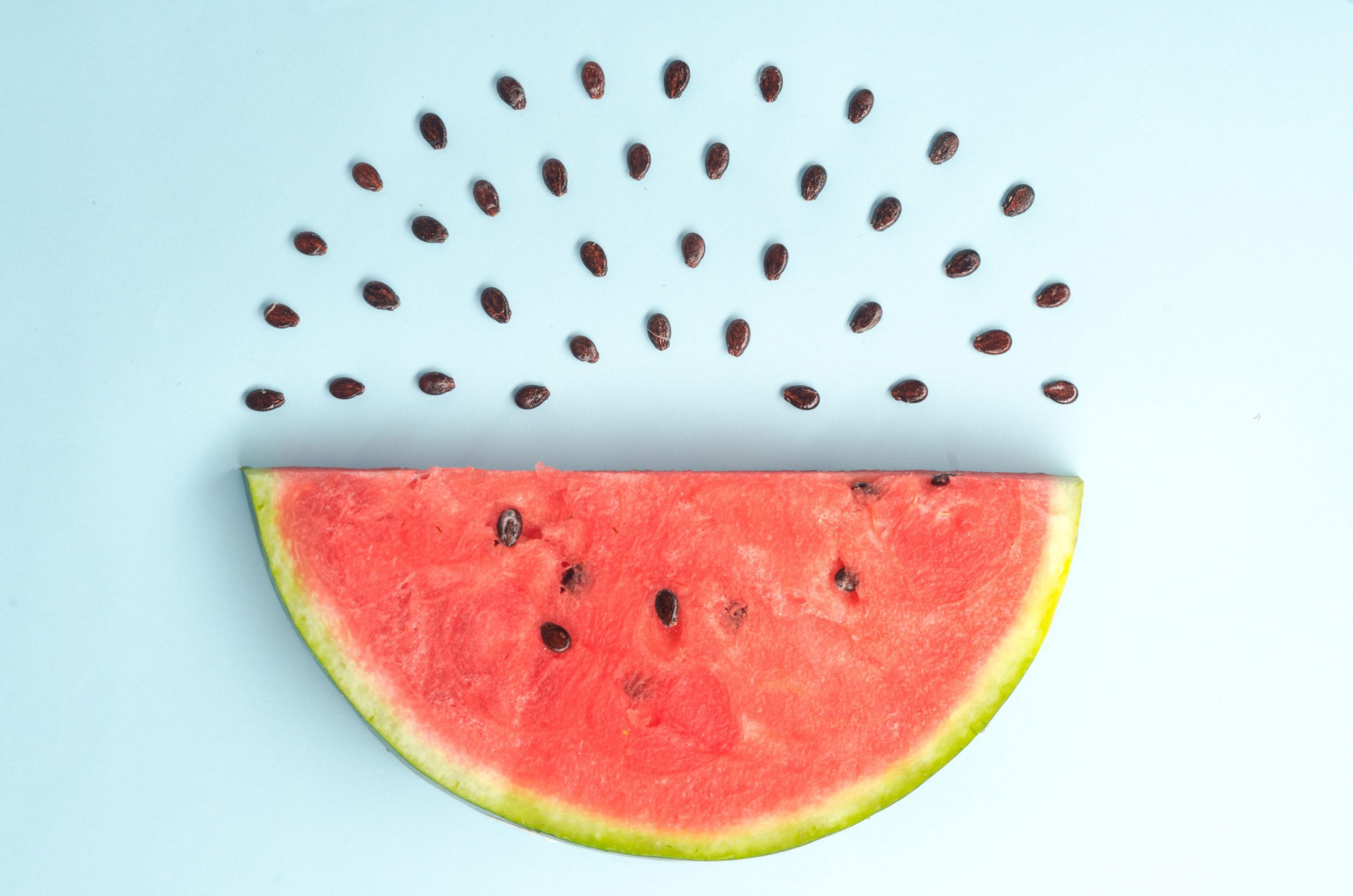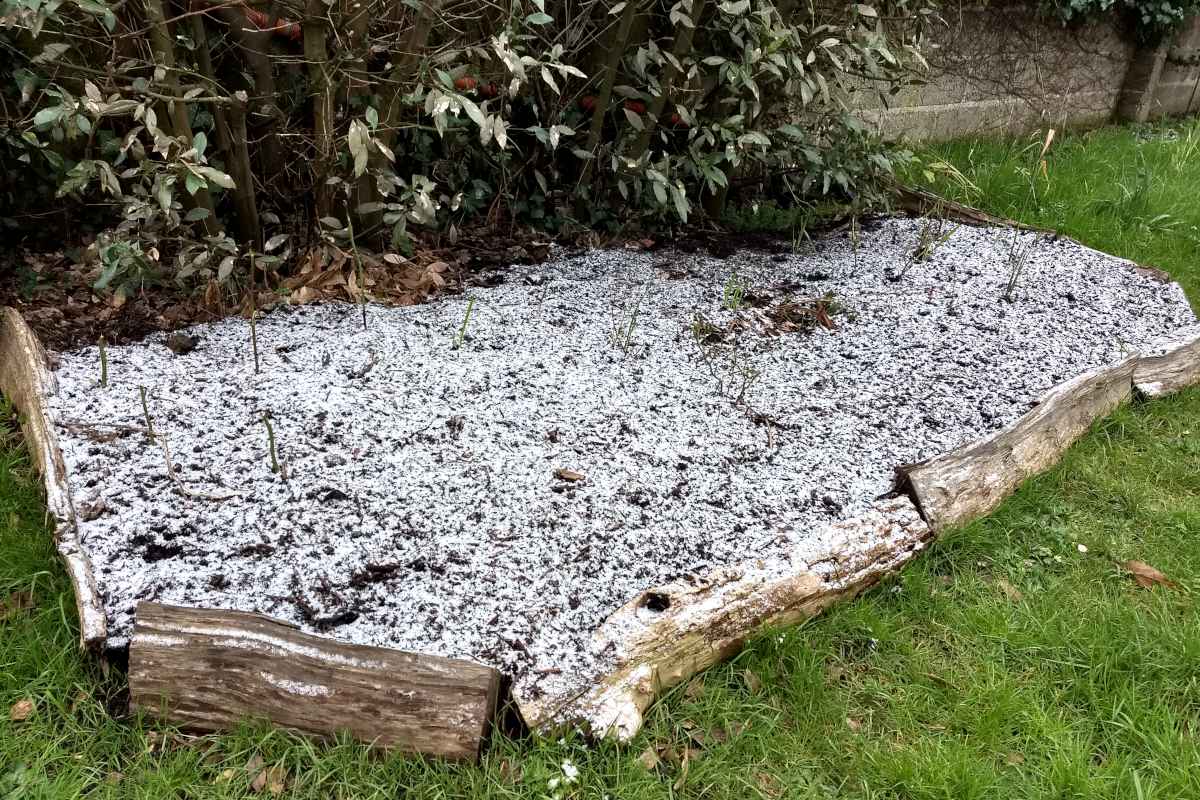Home>Types of Gardening>Ornamental Gardening>What Shrubs To Plant In Dry Sunny Area
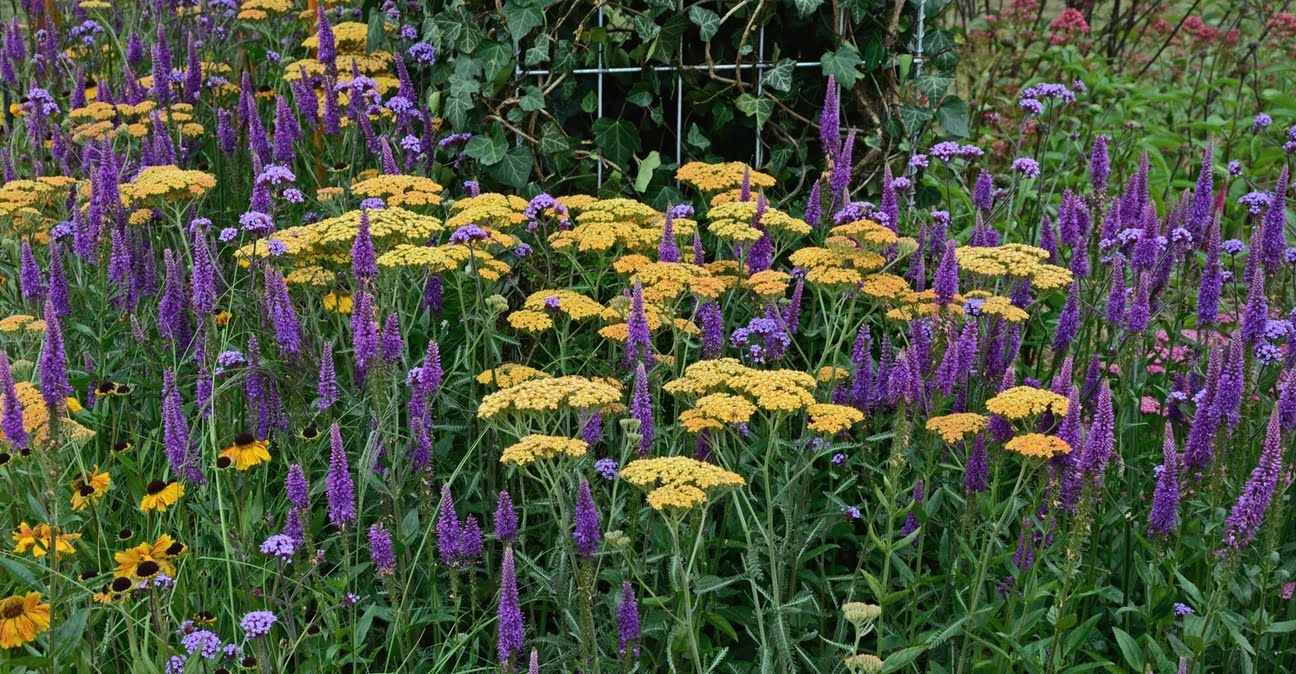

Ornamental Gardening
What Shrubs To Plant In Dry Sunny Area
Modified: January 22, 2024
Discover the perfect shrubs for your dry and sunny garden. Explore our expert tips and recommendations for ornamental gardening in challenging conditions.
(Many of the links in this article redirect to a specific reviewed product. Your purchase of these products through affiliate links helps to generate commission for Chicagolandgardening.com, at no extra cost. Learn more)
Table of Contents
>
Introduction
>
Welcome to the world of ornamental gardening! If you’re lucky enough to have a sunny area to work with, you’re in for a treat. Few things can compare to the beauty and vibrancy of a well-maintained garden filled with lush shrubs. However, gardening in a dry, sunny area can pose some challenges. The intense heat and limited water availability can make it difficult for plants to thrive.
>
But fear not! With careful planning and proper selection of shrubs, you can create a stunning oasis in your dry, sunny area. In this article, we will explore the best shrubs that can withstand the harsh conditions of a dry, sunny environment. We will discuss factors to consider before planting, as well as tips for maintaining these shrubs to ensure their long-term health and beauty.
>
Whether you’re starting from scratch or looking to revamp your current garden, this article will provide you with all the information you need to make informed decisions and create a visually stunning and low-maintenance landscape. So, grab your gardening gloves and let’s get started on transforming your dry, sunny area into a paradise of ornamental shrubs!
>
Selecting Shrubs for a Dry Sunny Area
>
Choosing the right shrubs for your dry, sunny area is crucial to ensure their survival and beauty. Here are some important factors to consider when selecting shrubs for your garden:
>
>
1. Drought Tolerance:
>
Look for shrubs that are naturally adapted to dry conditions. These plants have developed mechanisms to withstand prolonged periods of drought and can thrive with minimal watering. Drought-tolerant shrubs often have deep root systems or waxy leaves that help reduce water loss.
>
>
2. Sun Requirements:
>
Consider the amount of sunlight your garden receives throughout the day. Some shrubs prefer full sun, while others can tolerate partial shade. Make sure to choose shrubs that are suited to the specific light conditions in your dry, sunny area.
>
>
3. Soil Type:
>
Assess the soil type in your garden. Dry areas often have sandy or well-draining soil that doesn’t retain moisture well. Look for shrubs that are adapted to these soil conditions and can thrive without excessive watering.
>
>
4. Watering Needs:
>
Different shrubs have varying water requirements. Select shrubs that have low to moderate water needs, as these will be more suited to a dry, sunny area. Avoid plants that require frequent watering or have high water demands.
>
>
5. Size and Growth Habit:
>
Consider the mature size and growth habit of the shrubs. Choose plants that fit well in your available space and won’t overshadow other plants or become overcrowded. Opt for slow-growing or compact shrubs for easier maintenance.
>
>
6. Visual Appeal:
>
Lastly, think about the visual impact you want to create in your garden. Choose shrubs with attractive foliage, colorful flowers, or interesting textures. Look for a variety of shapes, heights, and colors to add visual interest and create a diverse and visually stunning landscape.
>
>
By carefully considering these factors, you can select the right shrubs that are well-suited to your dry, sunny area. In the next section, we will explore some popular and hardy shrubs that thrive in such conditions.
>
Factors to Consider Before Planting
>
Before you start planting shrubs in your dry, sunny area, there are a few important factors to consider. Taking the time to assess these factors will help set your shrubs up for success and ensure a thriving and beautiful garden. Here are the key points to consider:
>
>
1. Soil Moisture:
>
Check the moisture levels in your soil. Dry, sunny areas often have soil that drains quickly and can become parched. Consider improving the soil’s moisture retention by adding organic matter such as compost or mulch to improve water retention and maintain soil moisture.
>
>
2. Watering Needs:
>
Evaluate the watering needs of the shrubs you intend to plant. Some shrubs are more drought-tolerant and require less frequent watering, while others may need regular watering to thrive. Understanding the specific watering requirements of each shrub will help you create an efficient watering schedule.
>
>
3. Irrigation System:
>
If your dry, sunny area doesn’t receive sufficient rainfall, installing an efficient irrigation system is essential. Consider options like drip irrigation or soaker hoses, which deliver water directly to the roots, minimizing water loss through evaporation.
>
>
4. Sun Exposure:
>
Assess the amount of sunlight your garden receives throughout the day. Understanding the sun exposure will help you select the appropriate shrubs that can thrive in the specific light conditions of your dry, sunny area.
>
>
5. Companion Plants:
>
Think about the other plants in your garden and how they will interact with the shrubs you plan to plant. Take into consideration their size, growth habit, and water needs to ensure that they complement one another and create a cohesive and harmonious landscape.
>
>
6. Maintenance Requirements:
>
Consider the level of maintenance you’re willing to commit to. Some shrubs may require regular pruning, fertilizing, or pest control, while others are low-maintenance and self-sufficient. Choose shrubs that align with your maintenance abilities and preferences.
>
>
By carefully considering these factors before planting, you can create an environment that is conducive to the growth and health of your shrubs. In the next sections, we will explore specific shrubs that are well-suited for dry, sunny areas and offer tips for their care and maintenance.
>
Drought-Tolerant Shrubs for Dry Sunny Areas
>
When it comes to choosing shrubs for a dry, sunny area, selecting drought-tolerant varieties is key. These shrubs have evolved to survive in arid conditions and require minimal watering once established. Here are some popular drought-tolerant shrubs that thrive in dry, sunny areas:
>
>
1. Lavender (Lavandula spp.):
>
Lavender is a classic choice for dry gardens, known for its stunning blooms and aromatic fragrance. It thrives in full sun and well-draining soil, making it a perfect addition to a dry, sunny area. Lavender is also drought-resistant, requiring minimal watering once established.
>
>
2. Rosemary (Rosmarinus officinalis):
>
Rosemary is both a culinary herb and a beautiful shrub. It features aromatic foliage and delicate blue flowers. Rosemary prefers full sun and well-drained soil, making it an excellent choice for dry, sunny areas. It is drought-tolerant and requires minimal watering.
>
>
3. Texas Sage (Leucophyllum spp.):
>
Also known as Texas ranger or barometer bush, Texas Sage is a hardy shrub that thrives in hot and dry conditions. It produces beautiful purple or pink flowers and has silver-gray foliage. Texas Sage is highly drought-tolerant and requires little to no supplemental watering.
>
>
4. Yucca (Yucca spp.):
>
Yucca plants are well-suited to dry, sunny areas due to their ability to withstand drought conditions. These desert plants have striking architectural foliage, and some varieties produce tall flower spikes. Yucca is low-maintenance and requires minimal watering once established.
>
>
5. Russian Sage (Perovskia atriplicifolia):
>
Russian Sage is a beautiful perennial shrub that thrives in dry, sunny areas. It features silvery-gray foliage and tall, airy flower spikes in shades of lavender-blue. Russian Sage is drought-tolerant and requires minimal watering once established.
>
>
6. Cacti and Succulents:
>
Cacti and succulents are well-known for their ability to thrive in arid conditions. These plants store water in their thick leaves, stems, or roots, allowing them to withstand prolonged periods of drought. There is a wide variety of cacti and succulents to choose from, each with its unique shapes, sizes, and textures.
>
>
These are just a few examples of drought-tolerant shrubs that are well-suited to dry, sunny areas. By incorporating these shrubs into your garden, you can create a beautiful and low-maintenance landscape that will thrive even in the harshest conditions.
>
Sun-Loving Shrubs for Dry Conditions
>
When it comes to gardening in a dry area, choosing sun-loving shrubs is essential. These plants thrive in full sun and can withstand the heat and arid conditions of dry areas. Here are some sun-loving shrubs that are well-suited to dry conditions:
>
>
1. Butterfly Bush (Buddleja davidii):
>
Butterfly bush is known for its vibrant, fragrant flowers that attract butterflies and hummingbirds. It thrives in full sun and well-draining soil. Once established, butterfly bush is relatively drought-tolerant, making it an excellent choice for dry conditions.
>
>
2. Pyracantha (Pyracantha spp.):
>
Pyracantha, also known as firethorn, is a versatile shrub that offers year-round interest. It features clusters of white flowers in spring, followed by vibrant berries in the fall and winter. Pyracantha prefers full sun and is drought-tolerant once established.
>
>
3. Bougainvillea (Bougainvillea spp.):
>
Bougainvillea is a tropical shrub known for its stunning and colorful bracts. It thrives in hot and dry conditions, making it perfect for dry, sunny areas. Bougainvillea requires full sun and well-draining soil, and it is highly drought-tolerant once established.
>
>
4. Smokebush (Cotinus spp.):
>
Smokebush is a deciduous shrub known for its unique and ethereal plume-like blooms that resemble smoke. It prefers full sun and well-draining soil, and it can tolerate drought conditions once established. Smokebush offers stunning foliage with colors ranging from deep purple to vibrant orange-red.
>
>
5. Red Yucca (Hesperaloe parviflora):
>
Red Yucca, despite its name, is not a true yucca plant but rather a member of the agave family. It is native to arid regions and thrives in full sun and well-draining soil. Red Yucca is drought-tolerant and produces tall spikes of coral-colored tubular flowers, attracting hummingbirds.
>
>
6. Juniper (Juniperus spp.):
>
Junipers are hardy, evergreen shrubs that are well-suited to dry conditions. They come in a variety of shapes and sizes, from low-growing groundcovers to tall, columnar forms. Junipers prefer full sun and well-draining soil and can tolerate drought once established.
>
>
These sun-loving shrubs are not only visually appealing but also well-adapted to thrive in dry and sunny conditions. Incorporating them into your garden will add beauty, texture, and color to your landscape while requiring minimal maintenance.
>
Choosing Shrubs with Low Water Needs
>
If you’re gardening in a dry area, selecting shrubs with low water needs is crucial to conserve water and maintain a sustainable landscape. Here are some tips for choosing shrubs that require minimal watering:
>
>
1. Native Plants:
>
Consider incorporating native plants into your garden. Native shrubs have adapted to the specific climate and soil conditions of your region and are naturally more tolerant of drought. These plants typically have low water requirements and are well-suited to thrive in dry areas.
>
>
2. Succulents:
>
Succulents are renowned for their ability to store water in their thick leaves and stems. These plants have adapted to survive in arid conditions and require infrequent watering. There is a wide variety of succulent shrubs available, each with unique shapes, sizes, and textures that can add interest to your dry area garden.
>
>
3. Mediterranean Plants:
>
Look for shrubs that are native to Mediterranean climates, characterized by hot, dry summers. These plants have evolved to withstand extended periods of drought and can thrive in dry, sunny areas. Some popular Mediterranean shrubs include rosemary, lavender, and sage.
>
>
4. Drought-Tolerant Varieties:
>
Choose shrub varieties that are specifically labeled as drought-tolerant or low water needs. These shrubs have been bred or selected for their ability to thrive in dry conditions and require minimal supplemental watering once established.
>
>
5. Xeriscaping Plants:
>
Consider incorporating xeriscaping principles into your garden design. Xeriscaping focuses on creating water-efficient landscapes by using drought-tolerant plants. Research and select shrubs that are well-suited to xeriscaping principles, such as those with low water needs and a high tolerance for dry conditions.
>
>
6. Proper Mulching:
>
Mulching around the base of shrubs can help retain soil moisture by reducing evaporation. Use organic mulch, such as wood chips or bark, to create a protective layer over the soil. This will help conserve water and keep the shrub’s root zone cool and moist.
>
>
By choosing shrubs with low water needs and implementing water-wise practices such as mulching, you can create a beautiful and sustainable garden that thrives in a dry area. These shrubs will not only conserve water but also require less time and effort to maintain, allowing you to enjoy your garden with minimal watering commitments.
>
Pruning Techniques for Shrubs in Dry Sunny Areas
>
Pruning is an essential task for maintaining the health, shape, and appearance of shrubs in dry and sunny areas. Proper pruning techniques can help promote optimal growth, improve air circulation, and remove dead or damaged branches. Here are some pruning tips to keep your shrubs looking their best:
>
>
1. Timing:
>
Timing is crucial when it comes to pruning shrubs in dry, sunny areas. It’s best to prune during the dormant season, which is typically late winter or early spring. Pruning at this time allows the shrub to recover and minimize stress during the upcoming growing season.
>
>
2. Remove Dead and Diseased Branches:
>
Start by inspecting the shrub and removing any dead or diseased branches. Deadwood not only detracts from the overall appearance of the shrub but can also become a source of pests and diseases. Make clean cuts just above a healthy bud or lateral branch.
>
>
3. Maintain Shape and Size:
>
To maintain the desired shape and size of the shrub, selectively prune branch tips. Use sharp and clean pruning shears to avoid tearing the branches. Trim branches at a slight angle just above a node or bud, directing growth away from the center or towards an open area.
>
>
4. Thin out Overcrowded Growth:
>
In dry, sunny areas, shrubs can often experience overcrowded growth. Thinning out the excess branches can improve air circulation and allow more sunlight to penetrate the interior of the shrub. Remove some older branches from the base or thin out crossing branches to encourage new growth.
>
>
5. Avoid Overpruning:
>
While it’s important to prune shrubs for proper maintenance, avoid overpruning, especially in dry and sunny areas. Overpruning can stress the shrub and make it more vulnerable to the harsh conditions. Aim to prune no more than one-third of the shrub’s total growth during a single pruning session.
>
>
6. Clean and Maintain Tools:
>
After each pruning session, remember to clean and maintain your pruning tools. Use a disinfectant and warm water to clean the blades and remove any sap or debris. Sharpen the blades regularly to ensure clean and precise cuts, which promote faster healing for the shrub.
>
>
By following these pruning techniques, you can keep your shrubs in optimal shape while promoting healthy growth in dry and sunny areas. Regular pruning will not only enhance the aesthetic appeal of your garden but also help your shrubs withstand the challenges posed by the harsh environment.
>
Maintaining Shrubs in a Dry Sunny Area
>
Maintaining shrubs in a dry and sunny area requires proper care and attention to ensure their health and longevity. Here are some essential tips to help you maintain your shrubs and keep them thriving in a dry, sunny environment:
>
>
1. Watering:
>
Water your shrubs deeply and infrequently rather than frequent shallow watering. This encourages the roots to grow deeper and become more resilient to drought. Watering early in the morning or late in the evening helps to minimize evaporation and water loss.
>
>
2. Mulching:
>
Apply a layer of organic mulch around the base of your shrubs to help conserve soil moisture and regulate temperature. Mulch acts as a barrier, reducing evaporation and suppressing weed growth. Aim for a thickness of around 2-3 inches, keeping the mulch away from the base of the shrub to prevent moisture-related problems.
>
>
3. Fertilizing:
>
Use a slow-release or organic fertilizer specifically formulated for shrubs to provide the necessary nutrients. Avoid over-fertilizing, as this can stimulate excessive growth and increase the shrub’s water needs. Follow the manufacturer’s instructions and apply the fertilizer in the recommended amounts and frequency.
>
>
4. Pest and Disease Management:
>
Monitor your shrubs regularly for any signs of pests or diseases. In dry and sunny areas, certain pests like aphids and spider mites can multiply quickly. Consider using natural pest control methods such as neem oil or insecticidal soap. Proper pruning and good airflow can also help prevent fungal diseases.
>
>
5. Weeding:
>
Remove weeds from around your shrubs regularly. Weeds compete with shrubs for water and nutrients, and their presence can hinder the growth and health of your plants. Use mulch or manual weed removal techniques to keep the area around your shrubs weed-free.
>
>
6. Monitoring and Adjusting:
>
Monitor the condition of your shrubs regularly. Check for signs of stress, such as wilting or yellowing leaves, and adjust your watering or maintenance practices accordingly. Each shrub may have slightly different water needs, so it’s important to observe and adjust based on individual plant requirements.
>
>
By following these maintenance practices, you can keep your shrubs healthy and vibrant in a dry, sunny area. Regular care and attention will ensure that your shrubs not only survive but thrive, adding beauty and charm to your garden even in the face of challenging environmental conditions.
>
Conclusion
>
Cultivating a thriving and beautiful garden in a dry, sunny area is indeed possible with the right selection of shrubs and proper care. By considering factors such as drought tolerance, sun exposure, and water needs, you can choose shrubs that are well-suited to the challenging conditions of your garden.
>
>
Remember, selecting drought-tolerant shrubs and sun-loving varieties is key to ensuring their success in a dry, sunny area. Incorporating native plants, succulents, and Mediterranean varieties can add diversity and resilience to your garden, requiring minimal watering once established.
>
>
In addition, it’s important to implement proper maintenance techniques such as pruning, proper watering, mulching, fertilizing, and pest management. These practices will help your shrubs thrive and maintain their health and beauty even in the face of limited water availability and intense sunlight.
>
>
As you embark on your journey of ornamental gardening in a dry, sunny area, remember that each plant is unique and may have slightly different requirements. Observe and adjust your care practices accordingly to meet the specific needs of your shrubs.
>
>
With careful planning, thoughtful selection, and regular maintenance, you can transform your dry, sunny area into a stunning oasis of lush and vibrant shrubs. Embrace the challenges of gardening in arid conditions, and let your creativity and passion bloom in every corner of your garden.
>
>
So, put on your gardening gloves, grab your tools, and let your green thumb lead the way. Your dry, sunny area is waiting to be transformed into a magnificent showcase of ornamental beauty and resilience!



